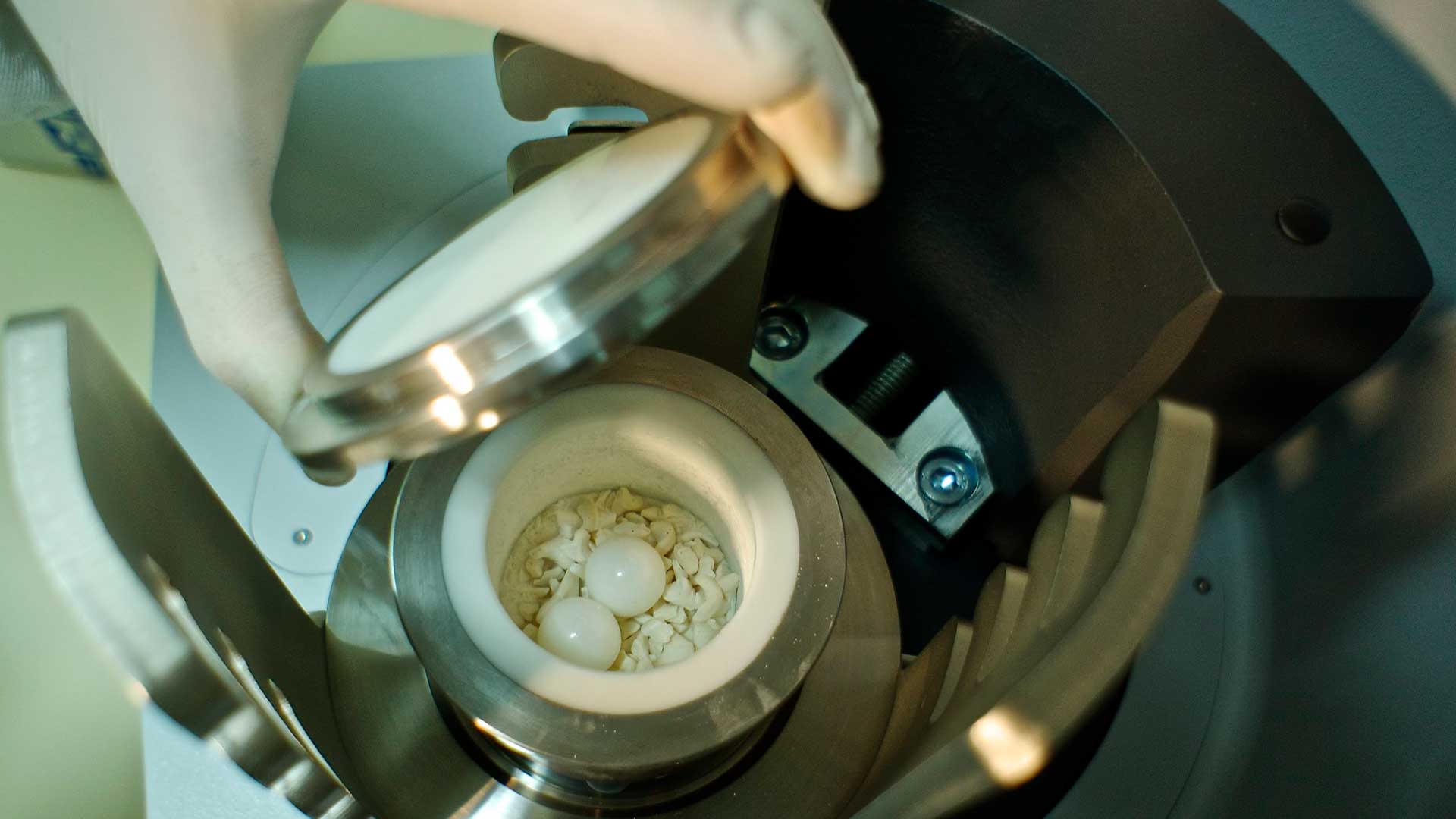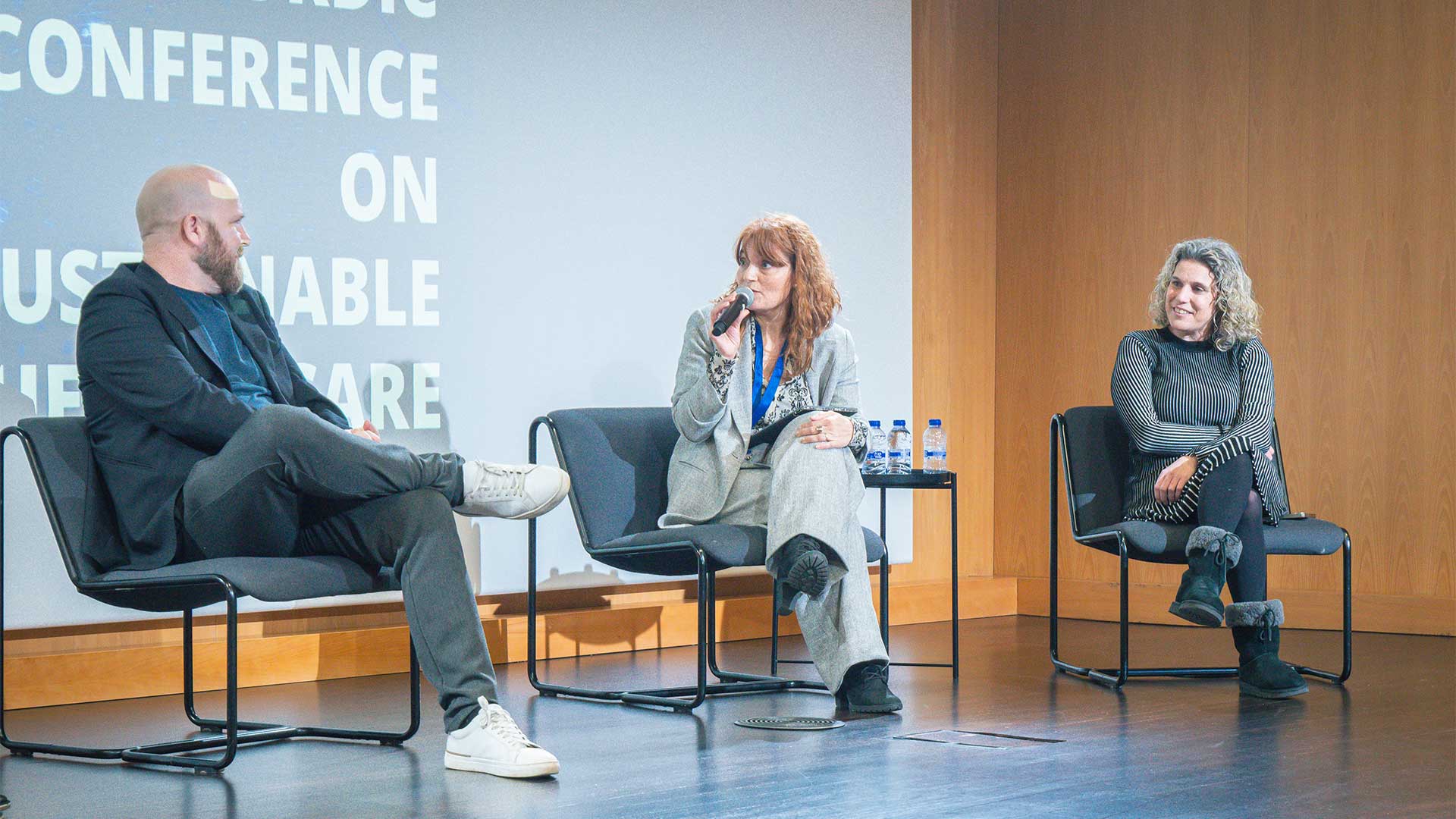The increasing digitalization of enterprises due to the COVID-19 pandemic enhances a circular economy and a more sustainable value chain, enabling a shift from a “volume” driven industry towards a “value added” driven industry.
We are still fighting the repercussions of COVID-19 and we have a long way to go. Since the start of the pandemic, businesses have seen the need to do structural changes in their value chains and core logistics to adapt to this new framework. As the CEO of Intel, Bob Swan, once stated, “We are witnessing what will surely be remembered as a historic deployment of remote work and digital access to services across every domain”. This digitalization yields an alternative for the current linear economic model: taking, making, disposing and throwing away.
According to the European Green Deal discussed in the SDG Summit 2020 digitalization and circular economy enjoy mutual benefits. First, because it reinforces the traceability of materials of production, therefore it closes the material loops that could exist by providing accurate and real-time information about their availability and their conditions and specifications. Secondly, the tracing and tracking of the final products is more efficient; for example, many businesses started introducing RFID (Radio Frequency Identification) as intelligent labels to better trace the movement of shipping products using real-time data of the products location. Thanks to this, besides saving paper and plastic for the labels whenever they change prices, it minimizes the waste of products and provides them a longer life minimizing the transaction costs. This results in dematerialization, providing an easier access to the products and services, thanks to the connection within consumers and producers.
This circular frame reveals huge opportunities, for both businesses and the planet, but also exposes systemic barriers which ought to be carried out accurately to be able to entirely benefit from them. But what conditions are needed for businesses to take a step towards digital progress?
Adapting to technology is at the top of the list, such as creating applications of software and hardware technologies. Many startups offer services through web-based platforms, as developing a platform is challenging and it is seen as costly. Nevertheless, all this set up of technology would not be useful if there is not a rising interest to buy circular products and services, that is a changing of the consumer behavior in the marketplace. Not only this, but it must make a real impact on consumers and digital solutions can strengthen competitiveness on price, quality, and convenience. Neither should we forget that policies and political support play a big role here because, in countries where the circular economy is on the political agenda, businesses are more likely to get the support and funding opportunities.
In any case, if businesses have the main tools to move towards digitalization and empower their businesses towards a green economy, why have not all businesses transformed yet? Truth be said, some challenges exist carrying out this process, such as valuable data, for instance, is out there and everywhere, but there is a persistent lack of access to this data, and this can undermine business as collecting and processing data without proper systems is time consuming. What is more, if the platforms created are not intuitive and accessible for the customer, there is no chance that the customers would get on board with the circular initiative.
Another step to take to move from a mass economy towards a value-driven economy is to move from a vertically integrated system towards a new frame performed by the horizontal collaboration among and across the sectors partnering for sustainability. This takes place when two or more companies are coexisting and there is no money involved nor are they competing. A “pure cooperative” scenario would take place when non-competing companies aim to increase their value chains through cooperation; for instance, when two unrelated manufacturers share information between them in regards to inventory and shipping where the aim of both companies is to reduce risks.
Now, the increasing digitalization of businesses brought from COVID-19 can be taken as a call on everyone, not just the biggest companies, but sustainability should become the driver for the inclusive and green growth of more than twenty-seven million existent enterprises that are in Europe. The data speaks for itself: it is proven that if we drive digitalization to its maximum true potential of the circular economy, we could cut 296 million tons of CO2 emissions each year in Europe.
The fusion and symbiosis of digitalization and circular economy provide new patterns of producing, consuming and using, offering an invaluable opportunity to accomplish the green deals and reinvent our relationship within natural resources. Therefore now, more than ever, it is important that we do not return to “business as usual”.




Leave a message